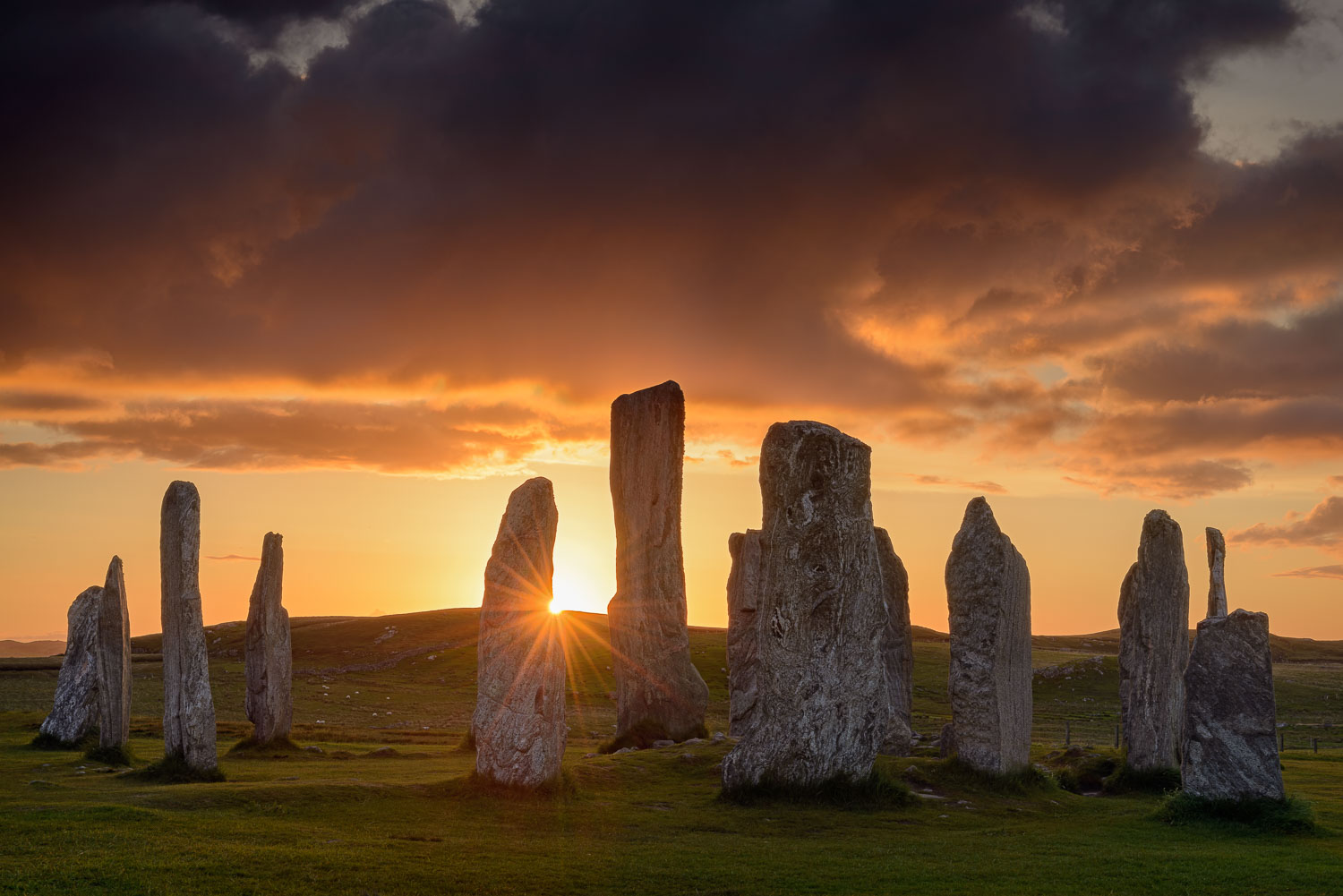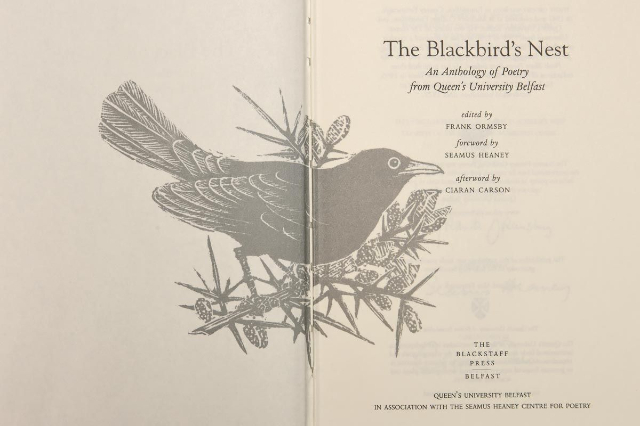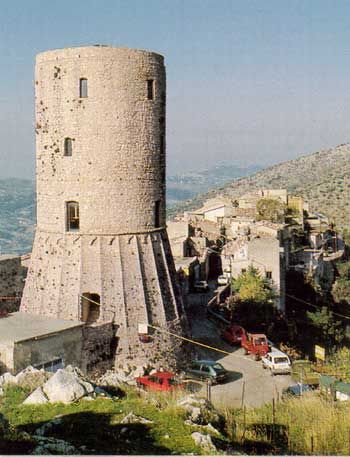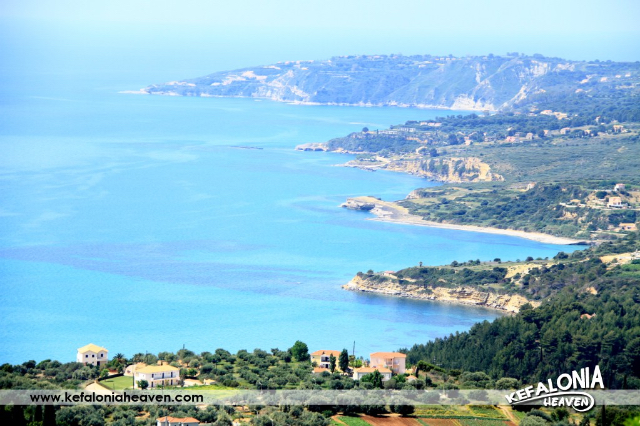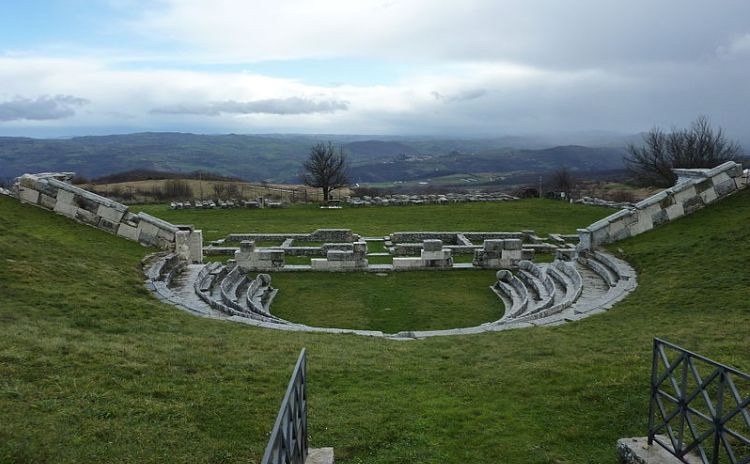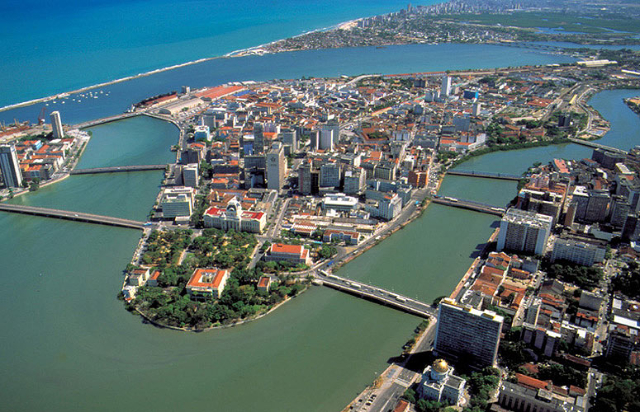Dating from 2900-2600 BC, the Callanish Stones (Gaelic: Clachan Chalanais or Tursachan Chalanais) on the Isle of Lewis consist of a large stone circle surrounding a burial chamber and four avenues of stones leading away from the site on four sides.The atmospheric setting and pale silvery stones of Callanish have made the site an icon of ancient Scotland, inspiring generations of artists, poets and photographers – as well as the average visitor – with its ethereal beauty.Situated on a natural ridge that has a north-south orientation, the Callanish monument consists of a central circle of 13 stones from which four alignments extend to form a general cross shape. The northern alignment is longer than the rest and a double rows, forming an avenue.
Although the alignments are constructed roughly in the cardinal directions, this may only be an accident of the north-south ridge on which the monument is built. However, the Callanish stones may have been used to observe the movements of the moon. Every 18.6 years, the moon seems to skim along the hills to the south.
Within the central circle is a burial chamber, which excavations have shown were added a few generations after the stones. Its entrance passage is oriented east and marked by an exceptionally tall stone of 4.75m high within the circle.
